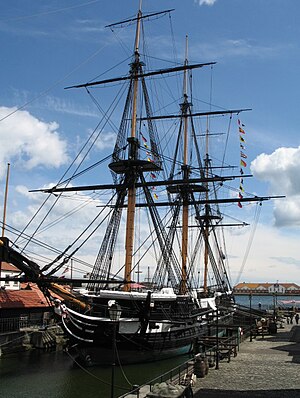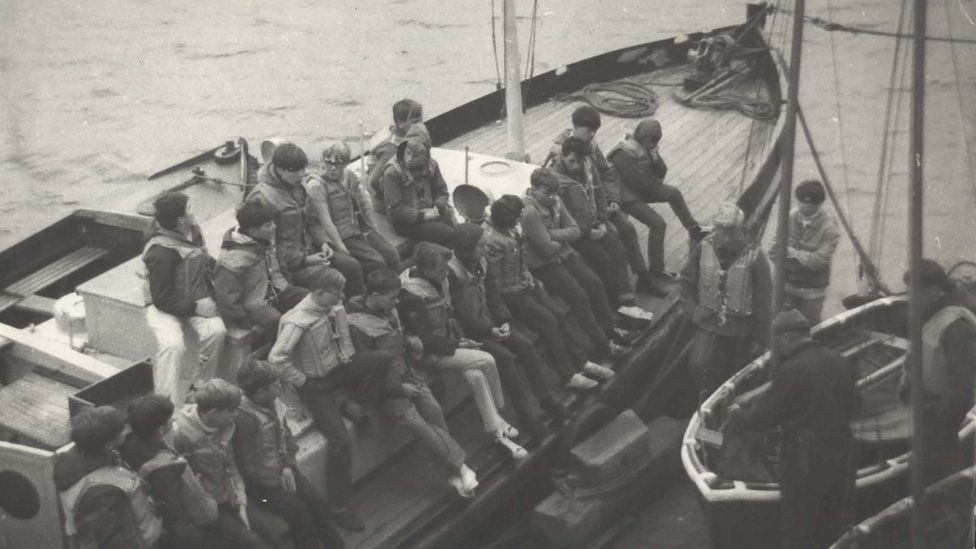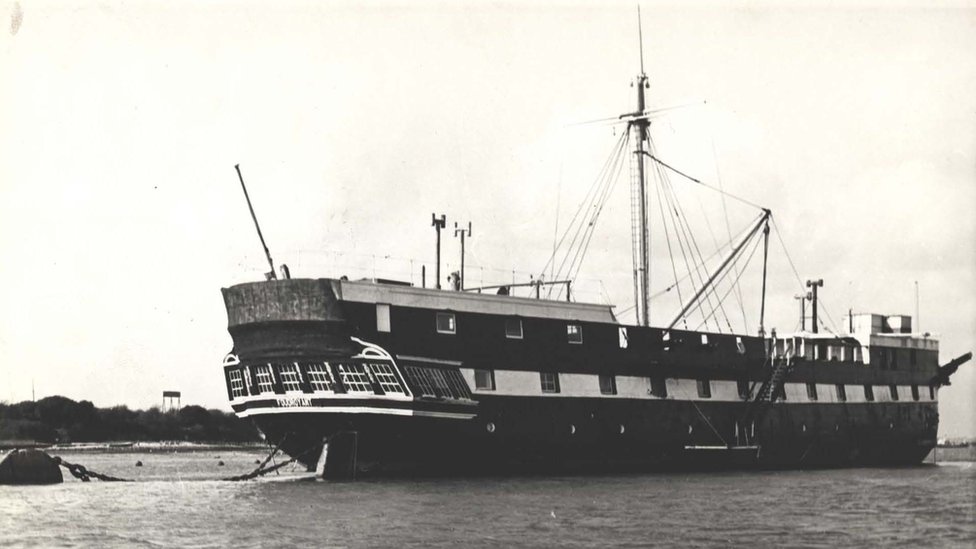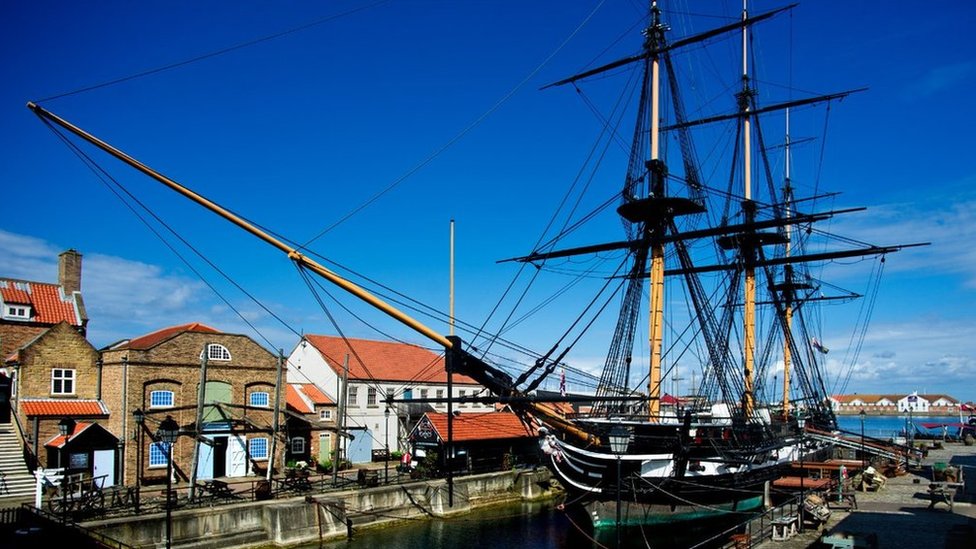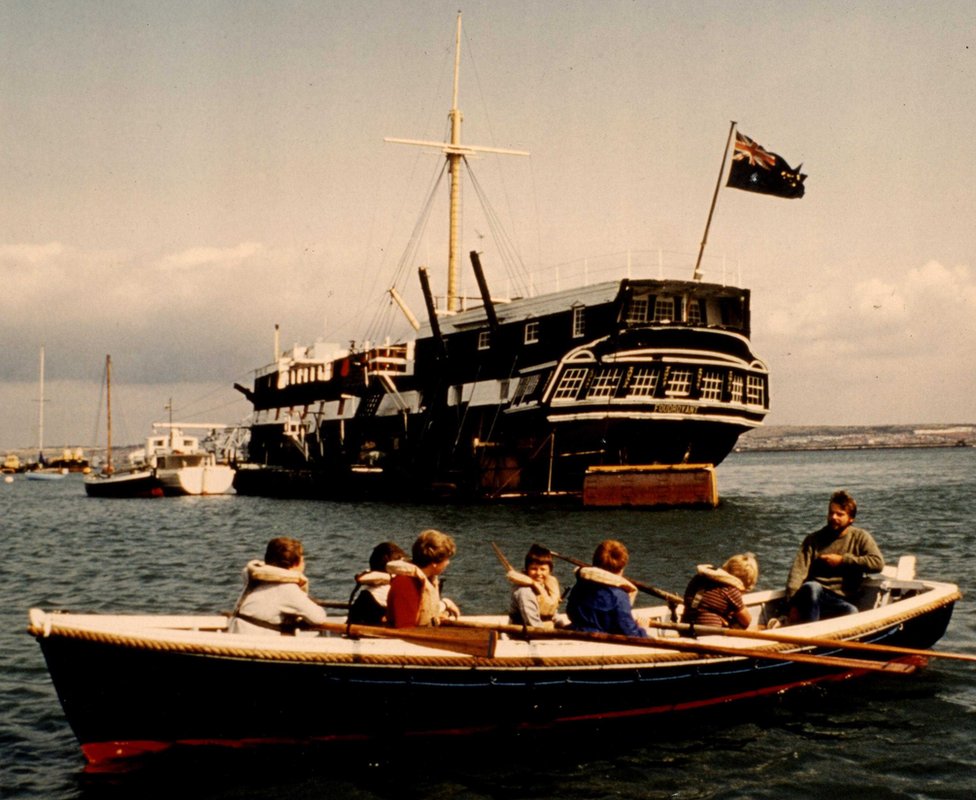|
 |
|
Rustomji Hirjeebhoy Wadia,
Bombay, ca. 1859, Peabody Collection in Essex Museum, Massachusetts,
USA. |
The
Parsis in India have had the tremendous good fortune of practicing their
religion and customs generally without ostracism and persecution. This
freedom has given them an opportunity to establish themselves in a country
that not only refrained from proselytizing but also showed considerable
tolerance towards all religions. Having been given this opportunity, they
also had the encouragement of the British colonial rulers of India to
develop their entrepreneurship skills and political savvy. The elevation in
stature of the Parsis was undoubtedly one of the main causative factors in
the small community’s escalating fortunes.
The
recorded history of the Parsis of the 18th, 19th and 20th centuries has
shown them to have the inspiration to venture into uncharted waters with
boldness, garnering their energies to establish a better life and
advancement for their families, their community, and the countries of their
origin and adoption – Iran and India. Their unique character could be
attributed to three essential factors – their Irani-Zarathushti heritage,
their Hindu-Indian socio-cultural adaptations, and their eager acceptance of
Western (specifically) British educational and temporal values. The
Industrial Revolution was the backdrop against which the Parsis of the 18th,
and 19th centuries proved their prowess in education and entrepreneurship,
and continued the trend into the 20th century.
 |
|
Maneckji Lovji, second
Master Builder |
The ships they sailed on to
reach India presented to the Parsis the bounties of the seas. At the height
of the power under Achaemenian King Darius the Great, Zoroastrians mastered
shipbuilding and learned much from the seafaring Phoenicians. The ability to
build seafaring vessels eventually opened up the world of international
trade. They founded many industries. By the time India achieved its
independence in 1947, a mere 100,000 Parsis, in the subcontinent’s
population of over half a billion people dominated major industries like the
steel industry, the aviation industry, the textile industry, the movie
industry, and the fields of medicine, science and law.
The
Wadias, the Tatas, the Jeejeebhoys, and the Godrejs are among several
families that have contributed in no small measure towards the industrial
and economic advancement of their community and their country. One such
family has for the last 250 years taken on the challenge of industrial
entrepreneurship with great success and provided tremendous resources
for their country’s well-being – that family is the Wadias.
 |
|
Jamsetji Bomanji, third Master Builder |
Lovji
Nusserwanjee Wadia (Unknown – 1774)
The Wadia (‘shipbuilder’) family had established itself in Surat for
many centuries. Surat was a very important seaport on the west coast of
India where British East India Company was first established. The
Portuguese, Dutch, French and British maintained trading centers in the city
from the 15th century onwards. Since all trade was done by sea, the shipping
industry started to flourish. The foreign traders knew Lovji Nusserwanji
Wadia for the high standards he maintained for shipbuilding workmanship. The
British East India Company secured the services of Lovji for building docks
and ships in Bombay in 1736. The Bombay dry-dock, the first dry-dock in Asia,
was built by Lovji and his brother Sorabji in 1750.
Bombay began to be
considered a viable trading port for all ships from the West and East.
Lovji
has rightly been called the founder of the shipping industry in Bombay,
passing away in 1774. His sons Maneckji and Bomanji built on
his reputation of integrity, industry and ability.
 |
|
Nussarwanji Maneckji Wadia, oil on canvas, by a Chinese artist in
Bombay, ca, 1803, Peabody Collection in Essex Museum, Massachusetts,
USA. |
A
branch of the Wadias stayed on in Surat and continued to develop the
shipping industry and became leaders in the building and construction of
bridges, dams and buildings. Between 1840s and 1940s the shipping and
building industry in Surat was dominated by Cowasji,
Burjorji, Behramji, Rustomji, Hormuzji, Nusserwanji and Pestonji Wadia.
Pestonji’s sons Framroze, Firozeshah, and Dhanjishah continued in the
building and construction business. Their charities include
nursing homes, building free institutions of education and hospitals.
While
the British ruled India, the French had a couple of small holdings, one on
the east coast and the other on the west. In 1929 Khan Saheb Pestonji Wadia
bought the west coast region overlooking the Tapti
Sea from the
French. This included a huge mansion which the family used. Several years
later this mansion was donated by the Wadia family for education of women.
The Zal F. Wadia College in Surat, was established in memory of young
Zal, who passed away at the age of 27. In 1935, Dhanjishah built the first
cement concrete road to be built in India, the Prince of Wales Drive
in Poona in honor of the visit of Prince Edward VIII of England. (The author
is Dhanjishah’s daughter).
Seven
generations of Wadia master-shipbuilders have constructed ships in Bombay
that have plied the seven seas from the shores of the New World to the
ancient shores of the China
Seas. Many
ships were built for the Indian and British Navy. When their connection with
the Bombay Dockyard ended in 1913, the Lovji Wadia family had left a legacy
of ships, from sloops to schooners, merchant ships and man-o-wars,
cutters and clippers, frigates, water boats and steamships – over 400 ships!
 |
|
Photograph of young Wadia cousins - Jehangir Naoroji and Hirjeebhoy
Meherwanji with Uncle Dorabji Mancherji on the left, ca. 1838. |
According to a publication in 1955 of The Bombay Dockyard and the Wadia
Master, the ship HMS Trincomalee was built by a nephew of Lovji -
Jamshedji Bamanji Wadia and launched on October 12, 1817, for the
British Navy. Later the ship was named Foudroyant (1897). It served
the British well during the Crimean War (1852-1857) and World War II
(1939-1945) and now rests in Britain, soon to be converted into a museum.
Jamshedji, Nowroji,
and Dhanjibhai Wadia have been the outstanding shipbuilders of the
19th century British India, building 22 ships for the British Navy alone.
Like
the HMS Tricomalee, the HMS Cornwallis, launched on May 2,
1813, saw active battle in the British-American War of 1812 and twenty years
later as Flagship of the British Fleet in the China
Seas, she led
an expeditionary force during the “Opium War” of China. The historic signing
of the Treaty of Nanking, ceding Hong Kong to the British took place on
HMS Cornwallis August 29, 1842.
Several
other warships like the HMS Asia saw action in various parts of the
world.
 |
|
Wadia Family, Bombay, ca.
1870s. Cursetji Naoroji Wadia (seated center), grandson of Jamsetji
Bomanji Wadia, third Master Shipbuilder. |
Nusserwanji Maneckji
Wadia (1753 – 1814)
Grandson of the great shipbuilder Lovji Wadia opened up trade through
shipping with foreign countries.
Other
descendants of Lovji - Jehangir, Nowroji , Dossabhoy,
Dhunjibhoy and Cursetji further developed worldwide
trade with Europe
and America.
[Refer
to The Yankee Connection below]
In 1834
Ardeshir Cursetji Wadia was the first to introduce gas to Bombay.
He became the first Indian Fellow of the Royal Society of London in 1841.
[Refer
to The Yankee Connection below]
 |
|
Dhanjishah Pestonji Wadia,
ca 1928. (1905 - 1981) |
Nowroji
Nusserwanji Wadia
(August 30, 1849 – December 19, 1899)
Educated in England, he soon proved his engineering
skills by establishing the well-known Bombay Dying & Manufacturing Co.
for manufacture of textiles in 1879. Several mills were opened under his
banner – such as the National, the Neriad, the Dhun, the E. D. Sassoon, the
Presidency, Calicut, Century, to name just a few. His efforts for the
underprivileged are legendary. He went beyond helping the Parsis
exclusively. As a member and chair of various government and educational
bodies, he introduced programs for better schooling; introduced the
kindergarten system of education; advocated physical training for boys and
girls; better administration of hospitals etc. His munificence made many
socio-economic programs possible. In 1889 he was awarded the honor,
“Champion of the Indian Empire” (CIE) by the British government. There was
not a charitable institution in Bombay to which Nowroji was not connected.
 |
|
Sir Ness Wadia (seated on
left): First Indian to receive Knighthood of the British Empire,
ca.1919. |
Cusrow and
Ness Wadia
Naoroji’s sons Cusrow and
Ness expanded the textile business to
become the largest textile operations in India, and were known as much for
their philanthropy as for their business acumen. In the 1920s, Ness
established a wireless service, forerunner of the telephone, the India Radio
and Communication Company, linking
India and Britain for the
first time. He was the first Indian to be awarded the Knighthood of the
British Empire in 1919.
The
Wadia women played no small role in utilizing their skills in business
to leave a legacy of philanthropy that still stands as a gigantic monument
to their endeavors.
Motlibai
Maneckji Wadia
(October 30, 1811 – May 24, 1897)
Born a Wadia, she married her cousin Maneckji, but was soon widowed at the
age of 26. She devoted herself to take up the reigns of the family estate.
Her inherent business acumen and sterling good sense increased the family
wealth and charities. She gave large sums for maintenance of Daremehers and
built one in Bombay in memory of her father Jehangirji. I 1894, she rebuilt
the Udvada Atash Behram and set aside sums for the future upkeep. She
established dispensaries and in particular, the Bai
Motlibai Obstetric
Hospital. Land and money was given to orphanages and donations flowed freely
for emergency relief of citizens due to fire, famine and flood disasters.
One of Motlibai’s dreams was to personally gift a fine collection of old
coins to Queen Victoria, but she was unable to fulfill it during her
lifetime. After her death, her son Naoroji did so on her behalf.
 |
|
Two young daughters of
Rustomji Wadia of Surat, Tehmina & Banoo, ca. 1919. |
Jerbai Nusserwanji
Wadia
(1852 – March 8, 1956)
She was a pioneer of low-cost housing complexes (Baugs)
that are an intrinsic part of Zarathushti life today. The Lal Baug and
Nowroz Baug were built through her initiative and donations. In 1917 Jerbai
established the Naoroji N. Wadia Building Trust Fund which helped in
building the Rustom Baug and Jer Baug. Her sons Cusrow and Ness
continued her mission and built Cusrow Buag and Ness Baug. She donated
generously to help build several clinics and hospitals. After her death her
sons built the Bai Jerbai Wadia
Hospital for Children in her
memory.
Lady Hirabai Cowasji Jehangir
(August 22, 1893 – June 9, 1976)
Born into the Wadia family, and
married into the affluent Readymoney family, she did not while away her time
in leisurely pursuits, but chose to do something for the betterment of the
Zarathoshties and non-Zarathoshties. She established nursery schools, the
Wadia-Vatcha
School and the Sir Cowasji Jehangir School
in Bombay. She set up the Sir Cowasji Jehangir Rural Home for boys and
another one for girls and opened the Cowasji Jehangir Nursing Home in Poona.
She promoted the arts and sciences and put her heart into setting up the Sir
Cowasji Jehangir Institute for Science and the famous Jehangir Art
Gallery, leaving behind an enduring legacy for the people of Bombay.
The B.
F. Wadia & Sons Company started in the early 1920s by the Surat branch of
Wadias and moved to Bombay, is one of the leading timber companies in India
today.
K.
Wadia Jewelers have established a solid reputation as leading
Zarathushti jewelers for more than 70 years.
Neville
and Nusli Wadia have done an admirable job of continuing their
family’s tradition of building industries, promoting causes and
setting up charitable trusts.
Many
generations of Wadias have considered it their duty to extend a hand to
their fellow human beings and consider it an honor to share their good
fortune. The Wadiaji Atash Behram and Wadiaji Agiari are the result of their
generosity. The Ness
Wadia College and the College of Technology
in Pune, Wadia Institute of Himalayan Geology, Neville Wadia Institute of
Management Studies and Research (1991) are just some of the many
institutions of research and learning.
The
N.M. Wadia Charitable Trust (1909), caters to Zarathushties and non-Zarathushties
alike. Some of the donations have gone towards relief of Indians in South
Africa, earthquake victims in Burma, famine victims in Oxford, flood relief
in Sri Lanka, Japan, Iran and Holland.
Dr.
Noshir H. Wadia,
of Bombay
has been
considered the leading neurologist of India and acclaimed by his peers
as one of the top neurologists in the world today.
The
love of arts, music and drama prompted the J.B.H. Wadia and his
brothers to found the first movie studio in
India
– Wadia Movietone, bringing in artists, actors and actresses from abroad and
also encouraging national and local performers.
The Yankee
Connection and a Brush with American History
At the end of the 18th Century many American ships
from Boston and Salem began visiting Bombay to trade. There, Nusserwanji
Maneckji Wadia (1753-1814), grandson of the great shipbuilder Lovji Wadia,
founded a family business specializing in the markets of these newcomers to
Bombay.
[Record of these first encounters between Yankee traders and their Parsi
business associates have been preserved in a collection of the Peabody
Essex Museum,
Salem,
Massachusetts, the most extensive repository of sources on Indo-US trade in
this country].
In 1799
George Nichols, a merchant form Salem, Massachusetts, went to India as
business manager of the cargo ship Active which was to carry back a
shipload of cotton from India. In his autobiography Nichols wrote:
“The
business was carried on by Parsis, some of the most intelligent people I
have ever known, rich and very honorable in their dealings. The merchant
with whom I did business, Nasservanji Maneckji was a very fine man.”
Nusservanji gave Nichols a beautiful striped exquisite muslin piece for the
latter’s bride which he brought back to Salem to fashion into a wedding
dress for her. He also gifted the bride and groom with beautiful Kashmiri
silk wool shawls. (Mrs. Nichols’s wedding dress and both the shawls are now
part of the Peabody Essex Museum).
In 1803
Nusserwanji became one of the first foreigners to make a donation to the
collection of the East India Maritime Society Museum (now the Peabody
Essex Museum). That same year Captain R. Dalling gave a portrait of
Nusserwanji painted in Bombay by a Chinese artist. This portrait is on view
in the Central Hall of the Museum where it has been continuously for almost
200 years!
In
about 1815 Nusserwanji’s sons followed their father into the American trade
and began opening business ventures with France and other European
countries. Captain William Augustus Rogers who arrived in Bombay with the
trading ship Tartar recorded his impressions in a journal now in the
Peabody Essex Museum. He refers to Nusserwanji as “a man who sustained a
most estimable character.” He wrote about visits to the Lovji Castle, and
the Wadia family estates in Bombay.
In 1839
other grandsons of Lovji took up the family specialty in American trade.
Dossabhoy Wadia with his brothers Dhanjibhoy and Cursetji
under the firm name Dossabhoy Merwanji & Co., developed their foreign
business largely concentrating
on
trade and sales of imported goods. So revered was Dossabhoy’s name beyond
India that President Ullyses Grant honored him with a personal visit at his
company on February15, 1879, while on a tour of India. Dossabhoy was
appointed Vice-Consul for USA in Bombay in 1852.
The
first Parsi to visit USA was Ardeshir Cursetji Wadia, grandson of
Nusserwanji’s brother in 1849. He visited the home of Mr. & Mrs. Howard of
Salem. Their daughter Caroline Howard King, noted in her memoirs, the
pleasant wonder of these encounters:
“Among the strange foreign visitors of those days, we were somewhat startled
one evening by a friend’s bringing a real live Parsee, with a tall calico
headdress, to take tea with us.
It
was rather a revelation to me that a fire worshipper could take tea like
ordinary mortals. But he was a harmless lion, and roared very gently,
and drank his tea and ate his bread and butter quite like other folks and
told us many interesting thing about his life in Bombay.
I
remember we all spoke very distinctly, as if we were talking to a child, and
that he answered us in a very low cultivated refined voice, using much
better English than we did”.
The one
ship that the Wadias built and of most historic significance for Parsis is
the H.M.S. Minden. The Bombay Courier, June 23, 1810 wrote:
“On
Tuesday last His Majesty’s Ship, the “Minden” built in the new docks
(Bombay) by Jamshedji Bomanji Wadia was floated into the stream at high
water, after the usual ceremony of breaking the bottle had been performed by
the Honorable Governor Jonathan Duncan.
In
having produced the “Minden”, Bombay is entitled to the distinguished praise
of providing the first and only British ship of the line built out of the
limits of the Mother Country; and in the opinion of very competent judges,
the “Minden”, for beauty of construction and strength of frame, may stand in
competition with any man-o-war that has come out of the most celebrated
Dockyards of Great Britain. For the skill of its architects, for the
superiority of its timber, and for the excellence of its docks, Bombay may
now claim a distinguished place among naval arsenals”.
A young
American lawyer, Francis Scott Key was sent on board the British ship
“Minden”, in Chesapeake Bay to negotiate the release of a friend who had
been captured after the defeat of the US forces in Maryland. Key was
detained on the ship overnight while the British attacked Baltimore. “At the
dawn’s early light” amidst the “rockets’ red glare”, he saw the American
flag still flying high over Fort McHenry which inspired him to hurriedly
scribble on an envelope a poem, that was to become the
Star Spangled
Banner,
national anthem of United States of America!
There
were members of the Wadia family that took up the challenge of the New World
and settled down in foreign lands outside of India. In the 20th century they
came to USA for further education. The first Wadia on record who came to USA
for education was Burjor Wadia in 1916. He joined the University of
Michigan and later became a top- ranking engineer with Ford Motor Company.
He spent 5 years in USA and another 5 years in England with another
automobile company before returning to India.
Several
others followed, like the late Burjor Ghadiali, whose late mother
Banoo was a Wadia. Burjor arrived in Canada in 1947 and soon rose in ranks
to become the Chief Engineer of Ontario Hydro, in Canada. Maneck Bhujwala
of California, (also from the Wadia family), has done well in serving the
Zoroastrian community here in the West.
 |
|
Dr. Maneck Wadia |
Prof. Maneck S. Wadia
of Del Mar, California who has been in USA since the 1950s is an
internationally prominent professor, author, speaker and consultant to over
300 organizations & companies here and abroad. He is also a very successful
entrepreneur with diversified interests and an author whose books on
management are used by over 150 universities worldwide. He has served as
Director of numerous corporations, having been listed in “Who’s Who of
Contemporary Authors, American Men of Science, Marquis’ Who’s Who Dictionary
of International Biography & Who’s Who in the West.
The
legacy of the Wadias, as with other families, should, in the final analysis,
be measured in terms of benefits not just to their own society and country,
but how those benefits relate to the well-being of humanity at large.
[Bombay
is now known as Mumbai and Poona is now known as Pune]
|



